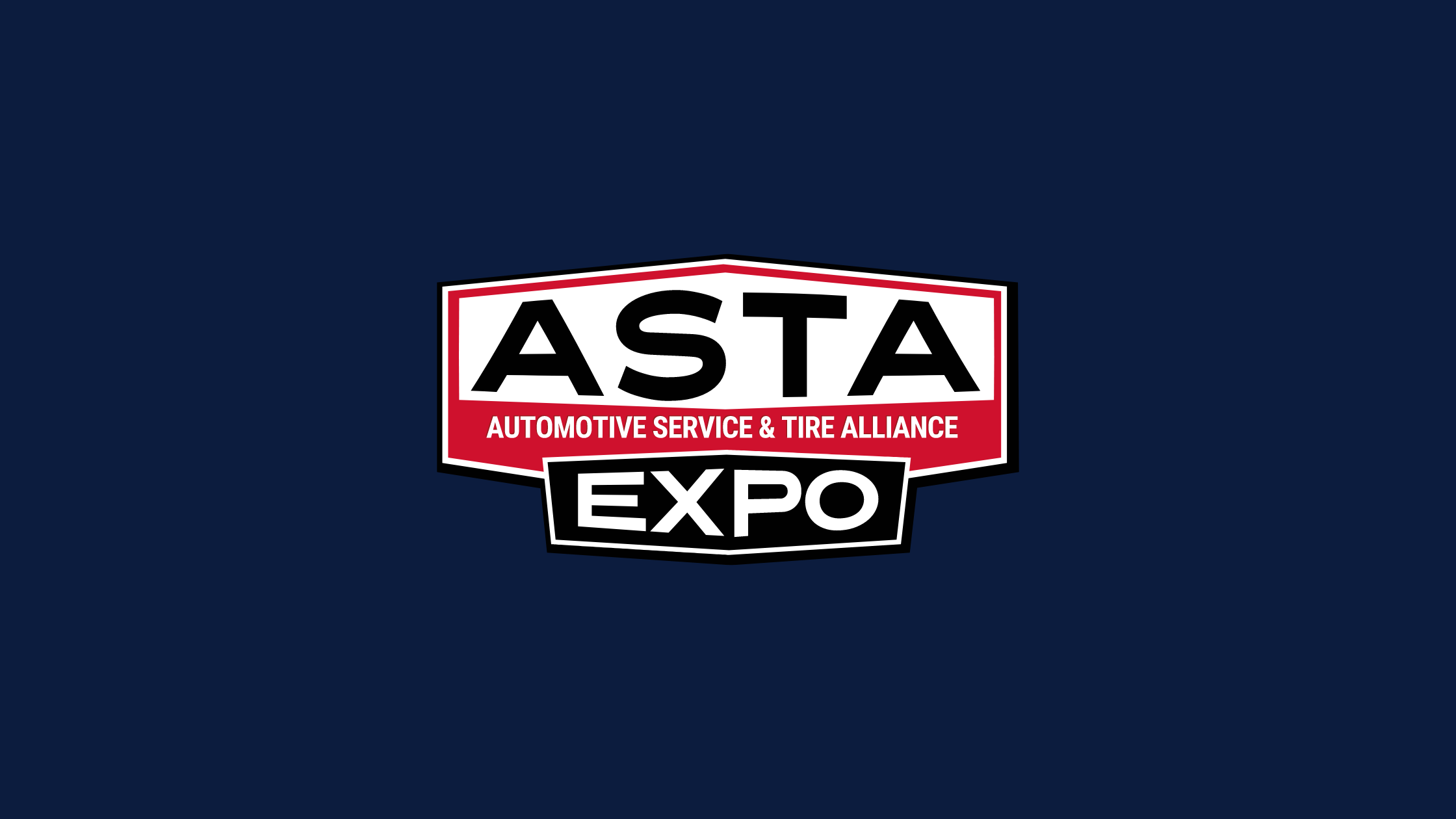
How to mark up auto parts may be one of the biggest questions that auto repair shop owners have, which is why PartsTech invited Cecil Bullard, Owner and CEO of The Institute for Automotive Business Excellence, to join us for a webinar series on the topic. Cecil has been coaching auto shops for over 20 years and has helped thousands of U.S. auto shops increase their profit on parts.
Building on the foundations laid in Part 1, Cecil delved deeper into the practicalities of implementing a parts markup matrix in Part 2 of our “How to Mark Up Automotive Parts” webinar series.
Here are some learning highlights from the webinar:
You Must Understand the Importance of Parts Markup
To grasp the significance of implementing and sticking to a strong parts markup strategy, it’s essential to understand how profits are made in an auto shop.
Cecil explains that profit in auto shops comes from two things:
1) Buying and reselling parts
2) Buying and reselling labor
If parts are not marked up properly, your shops risk losing a substantial portion of profits. “Your parts markup strategy is foundational to your business’s financial health,” Cecil emphasized. He pointed out that poor parts pricing management often results in significant profit loss, which typically ranges between $40,000 and $70,000 a year.
Many shops need a structured pricing strategy to improve their profit margins. “When we first enter a shop, we often see parts margins at 32% to 44%. A proper markup matrix can improve these to 55-58%,” Cecil noted. Implementing a parts matrix is crucial for achieving a 58% margin and ensuring consistent pricing.
Implementing a Parts Markup Matrix is a Critical
For those who missed Part 1 (find the recording in the link at the bottom of this post), a parts markup matrix is a strategy-based formula for pricing parts. It guides the markup on purchased parts to ensure a healthy profit margin on every repair order. It typically applies higher markups on lower-cost parts and lower markups on higher-cost parts to achieve a targeted overall margin.
This tool is not just about setting prices; it’s about understanding the market, your costs, and your top services and adapting your matrix to keep your shop focused on healthy parts margins. “A well-constructed matrix tailors your pricing strategy to fit both market conditions and your specific shop dynamics, ensuring profitability remains constant,” Cecil said.
Your Parts Matrix is Not a “Set and Forget” Tool – It Must be Monitored and Adjusted Regularly
A parts matrix is not meant to be set up once and forgotten. A monthly review of your parts margins is essential. If you’re not achieving the margins on parts that your business needs to be profitable, then you need to adjust your matrix and check to ensure that everyone in your shop is using the matrix and sticking to it.
“Monitoring margins allows shop owners to detect and address discrepancies before they impact profitability,” Cecil explained.
Avoid These Parts Pricing Pitfalls
Underpricing Due to Fear of Customer Pushback
Cecil was candid about one of these most common mistakes: underpricing due to fear of customer pushback. “The key here is confidence in the value you’re providing. If you undervalue your parts, you’re undervaluing your service and, ultimately, your business,” he warned.
(Note: Watch the webinar recording in the link at the bottom of this page for a breadth of advice from Cecil on this topic.)
Emotional Discounting
While it’s nice to want to help your customers out, emotional discounting is not healthy for your business. The vast majority of your customers can and will pay higher prices. They may comment about the high price, but that doesn’t mean you have to give them a discount.
Cecil advised shop owners on how to turn pricing discussions into opportunities to emphasize the value of their professional services rather than just automatically giving a discount. “Educate your customers about what they get for their money, like warranties and the assurance that the parts are right for their vehicle,” Cecil recommended.
Imbalance Between Competitive Pricing and Profitability
Many shop owners have a desire to have compatitive pricing for popular services in their local market. If this is you, there are effective strategies for balancing competitive pricing with profitability. “If you choose to be competitive on certain parts and services, lowering prices selectively is acceptable. However, to offset these choices, you must raise the prices of other parts by 1-2%. This approach helps maintain overall profitability while being competitive in your local market,” Cecil explained.
Start Your Journey to Healthy Parts Margins
You can transform your pricing strategies and profitability with the proper knowledge and tools.
Check out the Parts Markup Guide we created in partnership with The Institute for Automotive Business Excellence. You will find:
- The recordings of Part 1 and Part 2 of our “How to Mark Up Automotive Parts” webinar series
- Key terms and formulas for marking up parts
- A sample parts markup matrix with benchmark multipliers to get you started



